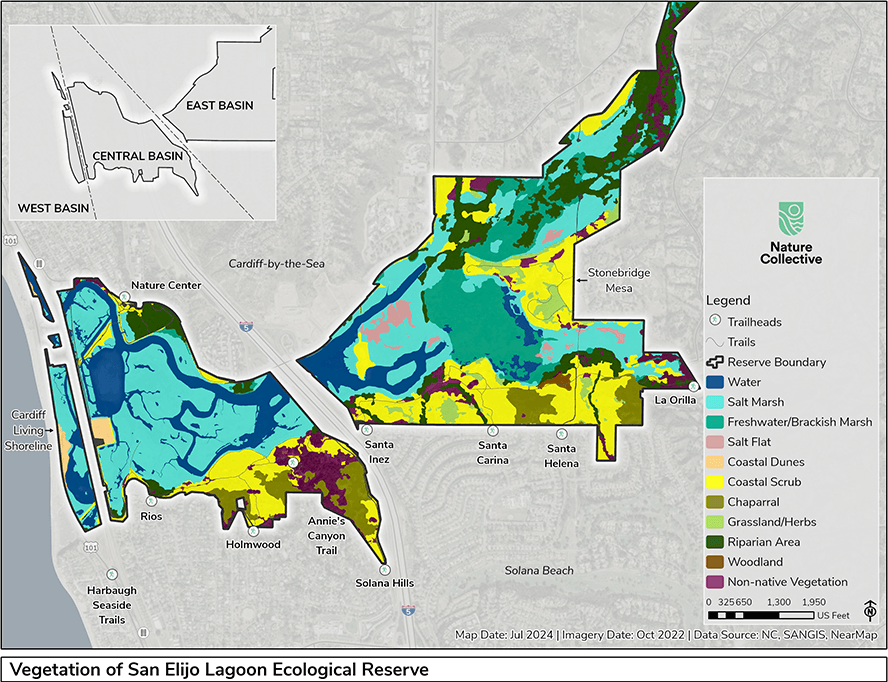Alkali mallow (Malvella leprosa) is a widespread California native with soft, gray-green leaves reminiscent of geranium leaves and small hibiscus-like flowers. Alkali mallow flourishes under difficult conditions, such as in alkaline or saline soils and in disturbed areas. It can become a pest in California agricultural areas. In Australia, where it is not native, it is classified as a noxious weed.
Our species is sometimes called marsh mallow, but true marsh mallow is a different, but related species native to Europe, western Asia, and northern Africa. Over 4000 years ago, Egyptians mashed mallow roots into a mucilaginous substance that was sweetened with honey to make the first marshmallows. Egyptians reserved these treats for their gods and nobility.

















